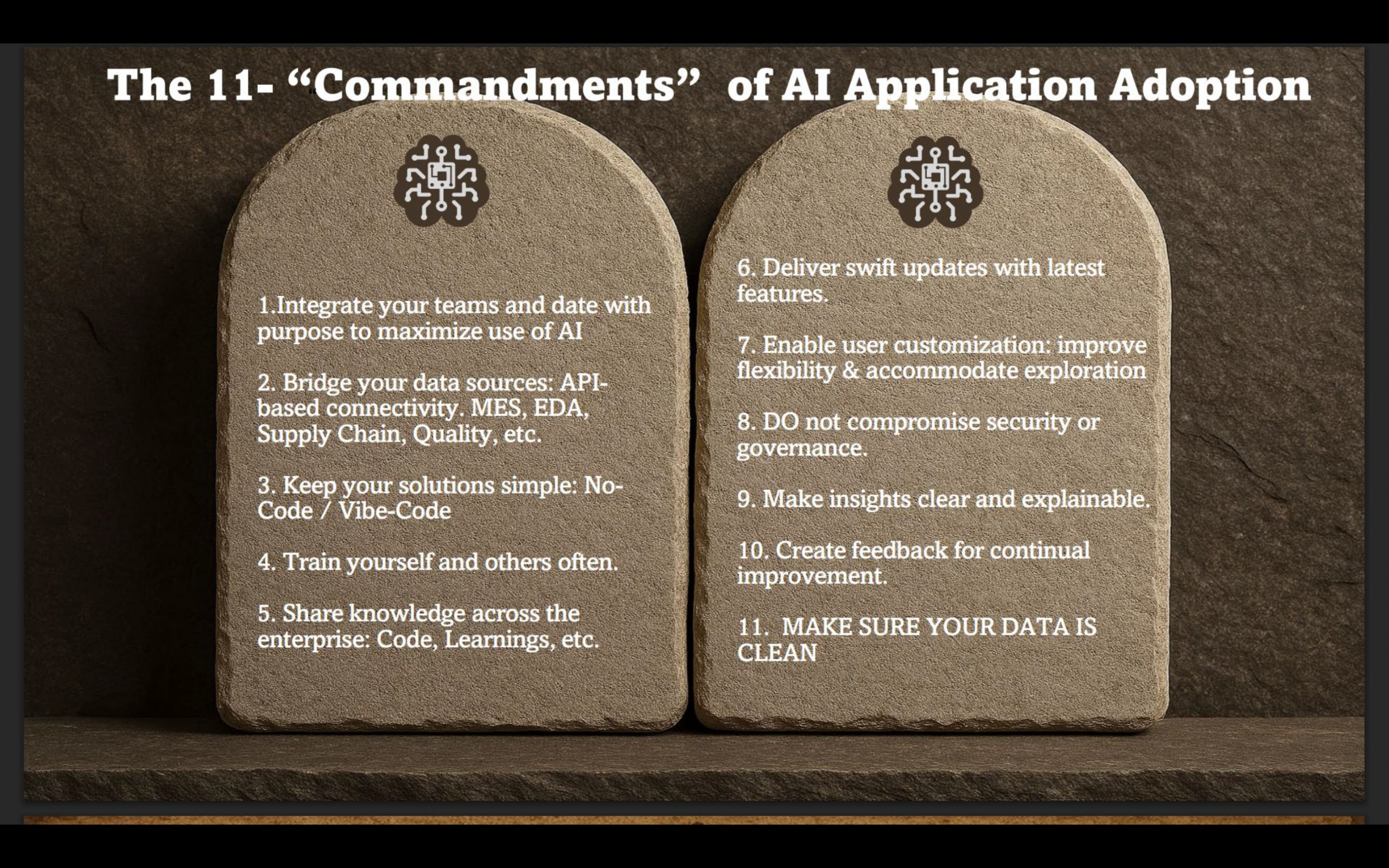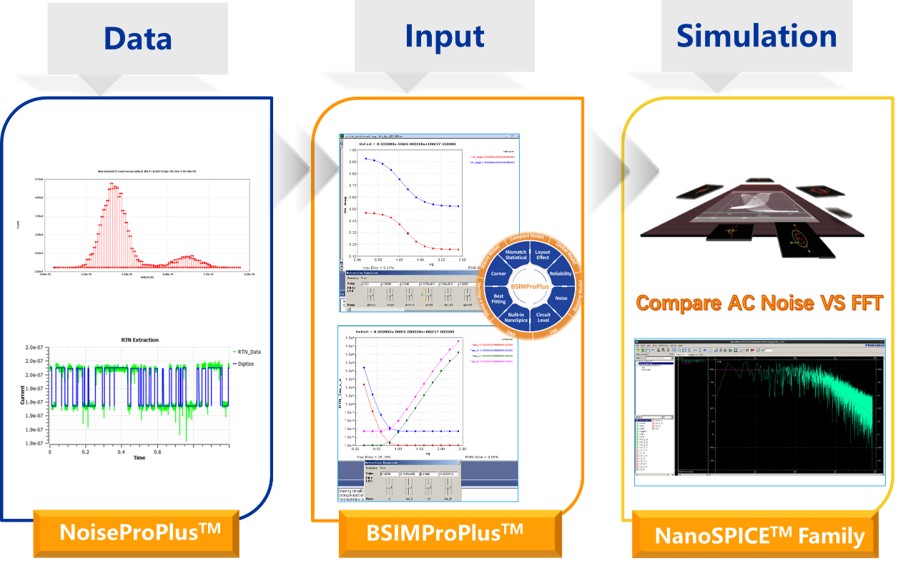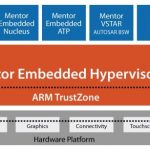I was at the 27th Hewlett Packard Colloquium on Information Security at Royal Holloway, University of London this week and met Alan Stockey of RiskingIT.com. Alan told me about a little ditty he wrote on IoT security to the tune of “My Favourite Things” from the Sound of Music. Amused me and he’s allowed me to share… Read More
 PDF Solutions' AI-Driven Collaboration & Smarter DecisionsWhen most people hear the term PDF, they…Read More
PDF Solutions' AI-Driven Collaboration & Smarter DecisionsWhen most people hear the term PDF, they…Read More Bringing Low-Frequency Noise into FocusKey takeaways The challenge of acquiring high-quality, reproducible…Read More
Bringing Low-Frequency Noise into FocusKey takeaways The challenge of acquiring high-quality, reproducible…Read More A Brief History of TSMC Through 2025Taiwan Semiconductor Manufacturing Company, the world's largest dedicated…Read More
A Brief History of TSMC Through 2025Taiwan Semiconductor Manufacturing Company, the world's largest dedicated…Read More Google's Road Trip to RISC-V at Warehouse Scale: Insights from Google's Martin DixonIn an engaging presentation at a recent RISC-V…Read More
Google's Road Trip to RISC-V at Warehouse Scale: Insights from Google's Martin DixonIn an engaging presentation at a recent RISC-V…Read More Bridging Embedded and Cloud Worlds: AWS Solutions for RISC-V DevelopmentIn a compelling keynote at the RISC-V Summit…Read More
Bridging Embedded and Cloud Worlds: AWS Solutions for RISC-V DevelopmentIn a compelling keynote at the RISC-V Summit…Read MoreIntel Spreadtrum ARM SoCs
In June of 2013 Edward Snowden copied and leaked classified information from the National Security Agency (NSA). His actions exposed numerous surveillance programs that many governments around the world reacted to, including China. In September of 2013 China Vice Premier Ma Kai declared semiconductors a key sector for the … Read More
The Other Half of AI
I touched earlier on challenges that can appear in AI systems which operate as black-boxes, particularly in deep learning systems. Problems are limited when applied to simple recognition tasks, e.g. recognizing a speed limit posted on a sign. In these cases, the recognition task is (from a human viewpoint) simply choosing from… Read More
Real Time Virtualization, How Hard Can it Be?
My first exposure to running something virtual on a computer was when I decided to run the Windows OS on my MacBook Pro using software provided by Parallels. With that virtualization I was able to run the Quicken app under Windows on my MacBook Pro, along with the popular Internet Explorer web browser. The app performance on virtualized… Read More
CTO Interview: Mohamed Kassem of efabless
Tell us about your personal vision for efabless
You recall that efabless is building a community of analog and mixed signal designers and providing the crowdsourcing platform that lets them (1) create and market their own new designs and (2) respond to customer requests for on-demand IP and ICs. I see us at the forefront of bringing… Read More
Asimo Creator Talks to Waymo
It’s been 16 years since the debut of Honda’s Asimo robot. By now, millions of people around the world have seen Asimo and its offspring at trade shows and on television. The robot is still capable of drawing a crowd wherever it is found especially since it is not only capable of walking and running but also of recognizing… Read More
What Does Ransomware Sound Like?
Congratulations to the multinational government agencies involved in the takedown of the Avalanche cybercriminal infrastructure! The U.S. Attorney’s Office, FBI, Europol, German Police, and others from over 40 countries were involved in disrupting one of the largest support structures for malware, digital money laundering,… Read More
NetSpeed Leverages Machine Learning for Automotive IC End-to-End QoS Solutions
A couple of weeks back I wrote an article about the use of machine learning and deep neural networks in self-driving cars. Now I find that machine learning is also being applied to help build advanced end-to-end QoS (quality of service) solutions for the automotive IC market. With the advent of self-driving cars comes requirements… Read More
Renewable Energy is On a Roll
Since everything we build in this industry either runs on, stores or produces electricity, we should have a more than passing interest in how we get that power. A couple of organizations, confusingly named the IEA (International Energy Agency) and the EIA (Energy Information Administration – a US agency) provide lots of interesting… Read More
Driverless Cars and our Global Economy
While traveling to California this year I had my first Uber trip after a concierge in Santa Clara recommended it as the best way to get to the airport, instead of the usual and expensive taxi ride. Later in the year I had my first Lyft ride after my road bike broke down and I needed a ride back home. Our transportation choices are shifting,… Read More



Quantum Computing Technologies and Challenges